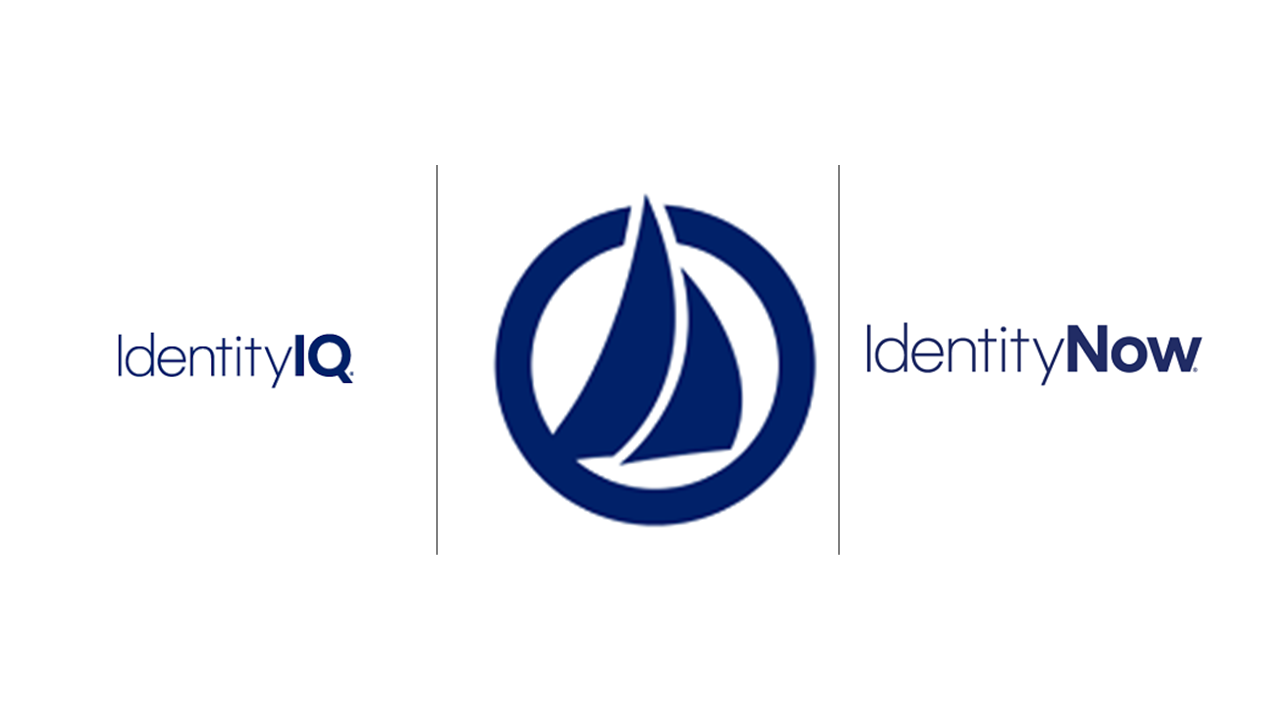
Safeguarding The Digital Realm: 5 Most Common Cybersecurity Threats And Comprehensive Defence Strategies
12 Sept, 20227 minutesOrganizations and professionals in the field of tech and IT infrastructure are continually d...

Organizations and professionals in the field of tech and IT infrastructure are continually defending computer systems from numerous cybersecurity threats. Cyberattacks target companies and private systems daily, with attacks occurring every 39 seconds. In 2022, the average cost of a data breach at the hands of a cyberattack reached $4.35 million worldwide, making it unsurprising that 60% of SMEs go out of business due to an attack.
In the dynamic and interconnected digital landscape, cybersecurity remains an ever-pressing concern. As technology advances, cyber threats also evolve, becoming increasingly sophisticated and pervasive. These threats can lead to severe consequences, from irreversible data breaches to financial losses and damage to a company's reputation.
As the diversity of attacks continues to expand and global spending in the world of cybersecurity is forecasted to surpass $188 billion in 2023, there's never been a more crucial time to be aware of the cybersecurity threats posed against your business. There has also never been a better time to strengthen your cybersecurity posture and learn how to overcome the threats that could put your organization in grave danger.
In this guide, we will highlight the most common cybersecurity threats and outline the comprehensive defense strategies you can implement in your business to ensure a safer online experience for your internal and external stakeholders alike.
- What are cybersecurity threats?
- What are the top cybersecurity threats, and how to overcome them?
- Malware Attacks
- Phishing Attacks
- Ransomware
- Insider Threats
- Distributed Denial of Service (DDoS) Attacks
What are cybersecurity threats?
Cybersecurity threats can be described as any potentially hostile attack that aims to destroy data, obstruct online transactions, or access data without official authorization. Common cybersecurity threats are typically carried out by cybercriminals, such as:
- Corporate spies
- Hacktivists
- Terrorist groups
- Hostile nation-states
- Criminal gangs
- Lone hackers
- Dissatisfied workers
Cyber attackers can use the sensitive data they have stolen from an individual or a business to gain access to private information and financial accounts, among other potentially harmful acts, which is why cyber security professionals are essential for protecting personal data. In 2022, an estimated 2,200 cybersecurity threats occurred daily, exposing sensitive data, exploiting private finances, and leaving many businesses with irreversible damage.
Cybersecurity threats are deliberate and malicious attacks by individuals or organizations to breach the information system of another individual or organization. Cyber threats change rapidly, and tactics and attack methods are improving daily. So, what are the biggest cybersecurity threats right now? Scroll to our next section to explore the most common cybersecurity threats and how your business can overcome them.
What are the top cybersecurity threats, and how to overcome them?
As we've discussed, the threat of cyber attacks looms large, with various malicious tactics posing significant risks to individuals and organizations. This section will delve into some of the most prevalent and disruptive cyber threats, offering concise and effective tips you can use to defend and overcome them.
From the ever-evolving landscape of malware attacks to the cunning techniques of phishing, ransomware extortion schemes, the danger of insider threats, and the disruptive force of Distributed Denial of Service (DDoS) attacks, we'll explore essential measures and multi-faceted approaches to safeguard against these types of cybersecurity threats.
Adopting these proactive and preventative steps can fortify your defenses and bolster your security posture to help take your business to new heights.
Malware Attacks
Malware attacks encompass a wide array of malicious software designed to infiltrate systems, steal sensitive information, and disrupt normal operations. In 2022, the number of malware attacks reached 5.5 billion, making this one of today's top cybersecurity threats. Malware comes in various forms, and the common types consist of viruses, worms, trojans, ransomware, and more.
We’ve outlined these different types of malware below:
- Viruses are self-replicating programs that can spread to other computers and devices. They can damage files, corrupt data, and disrupt operations.
- Trojans are disguised as legitimate programs or files, but once installed, they can perform malicious actions, including stealing data or installing other malware.
- Worms are similar to viruses, but they can spread without any user interaction and often exploit vulnerabilities in software to allow them to spread rapidly.
- Spyware involves hackers monitoring user activity and collecting personal information, such as credit card numbers, passwords, and browsing history.
- Ransomware, which we’ll explore later, involves the encryption of files or data and demands a ransom payment in exchange for the decryption key.
To effectively defend against malware attacks, your organization must adopt a multi-faceted approach, which can include the following:
- Install reputable antivirus software: Employ trusted antivirus programs that offer real-time scanning and automatic updates to detect and remove malware.
- Keep systems up to date: Promptly apply security patches and software updates to address known vulnerabilities, reducing the risk of exploitation.
- Educate employees and users: Conduct regular cybersecurity training to raise awareness about the latest malware threats, phishing techniques, and safe online practices.
- Implement network segmentation: Isolate critical systems and sensitive data from the rest of the network to limit the potential impact of a malware infection.
- Utilize behavioral analysis: Employ advanced security tools that utilize behavioral analysis to identify previously unknown malware based on suspicious activities.
Phishing Attacks
Phishing attacks are another one of the top cybersecurity threats that remain prevalent, targeting individuals and organizations through deceptive emails, messages, or websites. Cybercriminals aim to trick users into divulging sensitive information, such as login credentials or financial details. Shockingly, it’s predicted that 3.4 billion phishing emails are sent daily, making this the most common cybersecurity threat and, therefore, more likely to affect your business.
To effectively overcome phishing attacks, your organization can implement the following:
- User awareness training: Regularly educate employees and users about common phishing tactics, red flags to watch for, and the importance of verifying sender identities.
- Email filtering and authentication: Deploy robust email filtering solutions that use artificial intelligence and machine learning to detect and block phishing emails. Additionally, you could implement authentication protocols like DMARC, SPF, and DKIM to prevent email spoofing.
- Multi-factor authentication (MFA): Require users to use MFA for critical accounts, adding an extra layer of protection against unauthorized access.
- URL scanning and blocking: Use web filtering services to scan URLs in emails and block access to known malicious websites.
Ransomware
As mentioned, ransomware is a specific type of malware that encrypts a victim's data, rendering it inaccessible until a ransom is paid. In 2022, the number of these types of cybersecurity threats exceeded 490 million worldwide. Therefore, defending against these types of cybersecurity threats requires a comprehensive and proactive defense strategy.
Your business can take the following steps to overcome ransomware attacks:
- Regular data backups: Perform frequent and automated backups of critical data to an external and secure location, ensuring data recovery options in case of an attack.
- Network segmentation: Segment the network and limit communication between different segments to prevent the spread of ransomware across the organization.
- Patch management: Keep all your software and systems updated with the industry's latest security patches to minimize vulnerabilities that ransomware can exploit.
- Least privilege principle: Enforce the principle of least privilege, granting users only the access necessary to perform their roles and reducing the potential impact of insider threats.
- Incident response plan: Develop a robust incident response plan that outlines clear steps to take in the event of a ransomware attack, including communication protocols and contact information for relevant authorities.
Insider Threats
Insider threats have increased by 47% in recent years and originate from individuals within an organization who have authorized access to sensitive information. These threats can be unintentional, such as accidental data leaks, or malicious, where employees intentionally misuse their access.
To mitigate insider risks, your company can adopt the following measures:
- Limit access and monitoring: Implement the principle of least privilege, granting users the minimum level of access needed to perform their job roles. Additionally, monitor user activities and analyze behavior patterns to detect any anomalies.
- Employee education: Foster a culture of cybersecurity awareness among employees, emphasizing the importance of data protection and reporting any suspicious activities.
- Conduct background checks: Perform thorough background checks during the hiring process to identify potential risks associated with new employees.
- Secure termination procedures: When an employee leaves the organization, ensure access to sensitive information and systems is promptly revoked.
- Implement data loss prevention (DLP): Use DLP solutions to detect and prevent the unauthorized transfer or disclosure of sensitive data by employees.
Distributed Denial of Service (DDoS) Attacks
Our final entry to our list of top cybersecurity threats is DDoS attacks. These types of cybersecurity threats aim to overwhelm websites or online services by flooding them with an enormous volume of traffic, making them inaccessible to legitimate users.
Globally, organizations had to prevent an average of 29.3 DDoS attacks each day in the final quarter of 2022. So, to defend against DDoS attacks, your business can adopt a multi-layered approach:
- DDoS protection services: Employ specialized DDoS protection services from reputable providers that can identify and filter out malicious traffic.
- Scalable infrastructure: Ensure the organization's web servers and network infrastructure are capable of handling sudden spikes in traffic to minimize downtime during an attack.
- Load balancing: Implement load balancing techniques to distribute incoming traffic across multiple servers, preventing a single point of failure and ensuring continuous service availability.
- Traffic analysis: Regularly analyze network traffic patterns to identify anomalies that may indicate an ongoing or imminent DDoS attack.
- Collaboration with ISPs: Establish communication channels with internet service providers (ISPs) to coordinate response efforts and mitigate attacks closer to the source.
The final word on overcoming the top cybersecurity threats
As the digital landscape continues to evolve, so will cybersecurity threats. The top cybersecurity threats discussed in this guide - malware attacks, phishing attacks, ransomware, insider threats, and DDoS attacks - pose significant risks to your employees and business as a whole.
By implementing comprehensive defense strategies that encompass user awareness training, advanced security tools, proactive measures, and collaboration with service providers, we can collectively bolster our defenses against these formidable adversaries. Staying informed, vigilant, and proactive is key to maintaining a strong cybersecurity posture and safeguarding our valuable digital assets in an increasingly interconnected world.
Additionally, hiring cybersecurity specialists to help enhance your defenses is another smart way to overcome the types of cybersecurity threats mentioned in this guide. Finding these industry experts is something we can support you with. Scroll below to find out more.
Discover more about how you can enhance your cybersecurity posture by reading our guide on how virtualization technology can be your cybersecurity solution.
Looking for cybersecurity recruitment specialists?
As discussed, the need for solid security is paramount, and we have access to the best talent to ensure your organization remains protected and futureproofed against cybersecurity threats. Our consultants work closely with you to get to know your business and listen to your hiring needs. We are equipped with specialist cybersecurity recruitment consultants who can act as your trusted advisors to find the talent you require to improve your security posture.
If you want to build your cybersecurity team but need help, contact us today to discuss your hiring needs.






